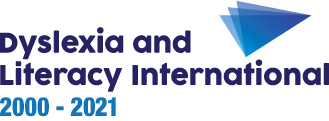Using coloured counters or objects to teach phonological awareness




One very simple but very effective multisensory technique to help children with dyslexia and others to carry out phonological tasks is to give them objects which can be handled, such as counters to represent the phonological units of the words and the pseudo-words which they will have to analyse.
Even better is to have tokens of three completely different colours to represent the four essential units: one colour for syllables, two different tones of the same colour, for example a dark and lighter blue for the complementary units of onset and rime, and the third colour, if at all possible the favourite of the child, to represent ‘sounds‘ (phonemes).
Give the counters to the child, especially when you are teaching the manipulation of phonological units – blending, segmentation, deletion, substitution and fusion – so that they can use their tactile kinaesthetic modality, through handling, and their visual modality, through colours, to accompany the auditory modality.
At the same time as you teach phonological and phonemic awareness, you should also teach the alphabet, by chanting it like a nursery rhyme. For the children with dyslexia in your class, think about asking them to get a tape-recorder so that they can listen again at home.
However, be aware that even though some children with dyslexia are capable of reciting the alphabet, this does not mean they display a thorough knowledge of the alphabetical sequence. They may, for example, have to start systematically from the beginning in order to find a letter, or they may only be able to recite the alphabet by chanting it.
But being familiar with the sequence of letters in the alphabet is important. There are many activities in life that require a thorough knowledge of the alphabetic sequence, such as looking up a word in a dictionary, searching on the Internet or in tourist guides, finding a telephone number, an office file, and so on.


